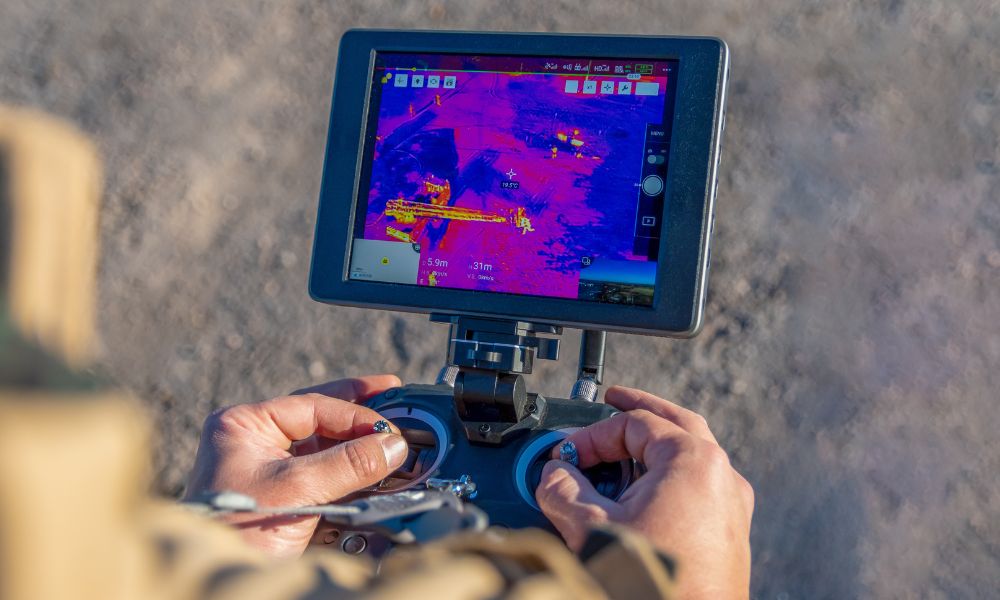
Firefighters cut a distinct figure in our imaginations. We imagine them outfitted in red helmets and protective coats, carrying hoses and axes to battle and extinguish flames.
However, firefighters use other tools, as well. Whether they’re fighting a blaze in a house or working together to curtail a brush fire, firefighters rely on a bevy of tools. Here are certain pieces of firefighting equipment you may not know about.
Thermal Imaging Cameras
What’s the biggest danger in a fire? Is it smoke inhalation or the fire itself? Both are dangerous, but their deadliness is enhanced by the fact that in many fires, visibility is almost zero.
Firefighters need to know what they’re getting into when putting out a blaze and where the fire is burning hottest. Thermal imaging cameras use infrared radiation to find a fire’s source, see hot spots, and track down victims who need rescuing.
Emergency Wildland Fire Shelter
Unlike structural firefighters, who put out building fires, wildland firefighters combat blazes in the great outdoors. They share several tools and pieces of equipment with structural firefighters, such as hoses, axes, and helmets. They also employ tools that are better suited for the woody and wild environments they protect.
Emergency wildland fire shelters, for example, are portable covers that offer temporary protection if a firefighter is caught in a blaze. Wildland fire shelters are made of fire-resistant materials and provide breathable air for a short time.
Positive Pressure Ventilation Fans
Firefighters depend on water to put out blazes, but air can also help. Firefighters set up positive-pressure ventilation fans to blast smoke and floating debris out of a structure or area before entering. This can increase visibility and provide breathable air, cutting back on the two biggest obstacles to their safety.
Compressed Air Foam Systems
Here’s one more type of firefighting equipment you may not know about. Sometimes, dousing flames with water won’t work.
Electrical, chemical, and oil fires can spread or become more dangerous when they encounter water. Fortunately, firefighting foam is available. Compressed air foam smothers flames, sets up semi-solid barriers to stop fire from spreading, and sticks to most surfaces at any angle.
Personal Escape Systems
Firefighters often work with ladders, but they can’t easily carry around a 12-foot extension ladder, just in case. Personal escape systems allow firefighters to set up a means to descend with a harness, hook, and descent control device.
If they get trapped in a tall structure, the personal escape system allows them to set up the hook and rappel down the side of a relatively tall building.
